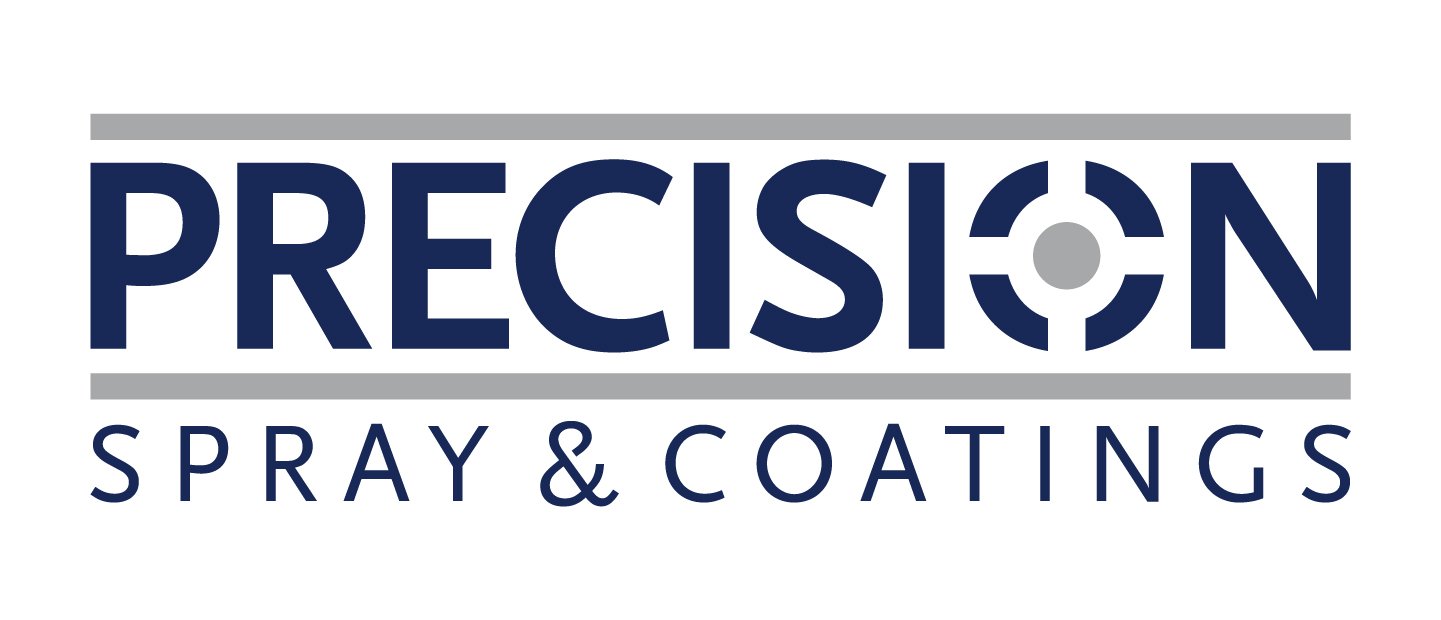Shot Peening
This cold working process produces a compressive residual stress layer and modifies the mechanical properties of metals and composites. It works by impacting a surface (round metallic, glass, or ceramic particles) with shot force sufficient to create plastic deformation. In machining, shot peening strengthens and relieves stress in components like steel automobile crankshafts and connecting rods. In architecture, it provides a muted finish to metal.
Shot peening is similar to sandblasting, except that it operates by the mechanism of plasticity rather than abrasion—each particle functions as a ball-peen hammer. In practice, this means removing less material by the process and creating less dust.
Phosphate Coating
Phosphate coatings are a crystalline conversion coating for steel and other metals formed on a ferrous metal substrate. The phosphate coating process is employed for pretreatment prior to coating or painting, increasing corrosion protection and improving friction properties of sliding components. In other instances, phosphate coatings applied to threaded parts, and top coated with oil add anti-galling and rust inhibiting characteristics.



